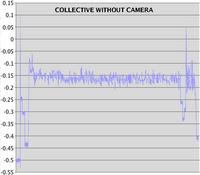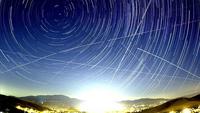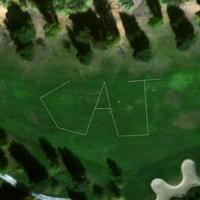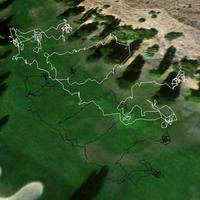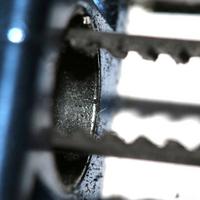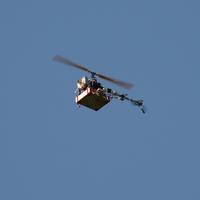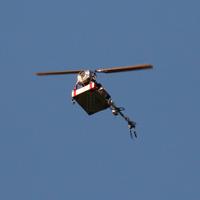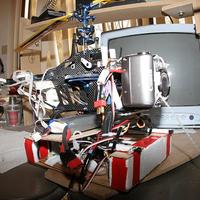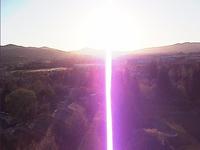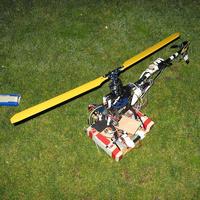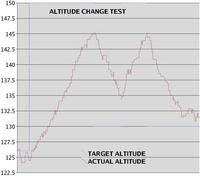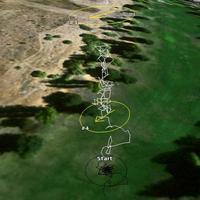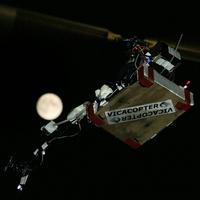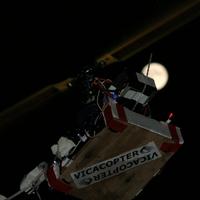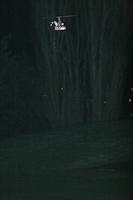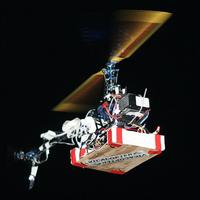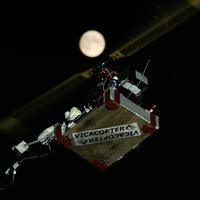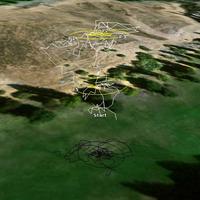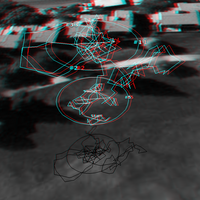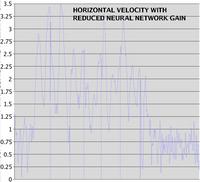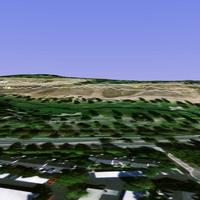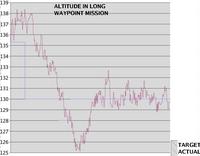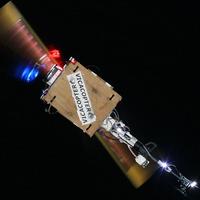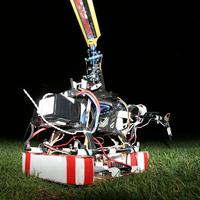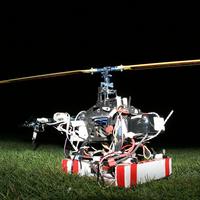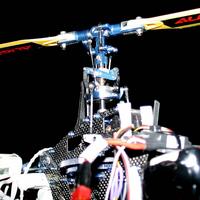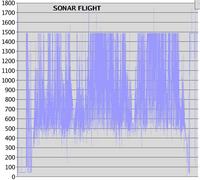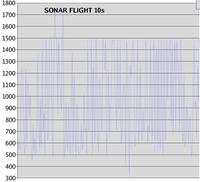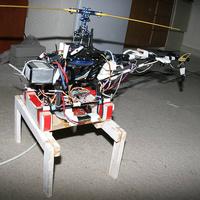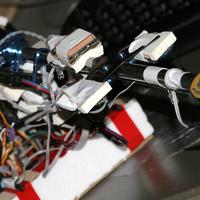Archive for March, 2008
-
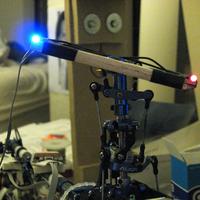 Views: 380
Views: 380
LEDs locked & loaded for video training. -
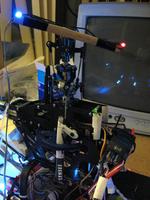 Views: 304
Views: 304
-
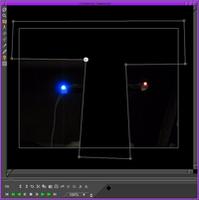 Views: 328
Views: 328
Video masked out. -
 Views: 324
Views: 324
Stack of blade pitch frames. -
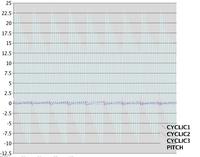 Views: 319
Views: 319
If everything works, U get a nifty plot of blade pitch vs servo angles. Fortunately for us, the camera & servos remained synchronized but it's real noisy data. -
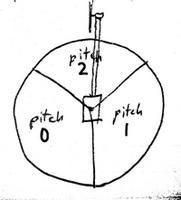 Views: 303
Views: 303
Normal copters fly by tilting the swashplate. VicaCopter flies by setting 3 zones of blade pitch. Feed blade pitch angles into the neural network & get servo PWM out. -
 Views: 323
Views: 323
The T-Rex in autopilot with the neural network mixing. The A560 doesn't have the low light performance to capture these test flights. An EOS 5D is on the way probably for next week. -
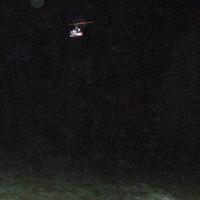 Views: 327
Views: 327
50% machine, 50% biology, 10,000,000% sales tax.
Comments (1)
Add Comment
-
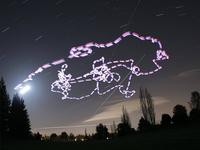 Views: 406
Views: 406
CAT as viewed from the ground -
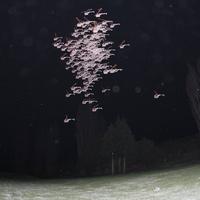 Views: 334
Views: 334
Autonomous hover -
 Views: 341
Views: 341
2 waypoint mission -
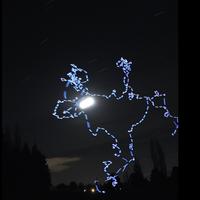 Views: 336
Views: 336
Attempt to draw a heart vertically. There is no line rule for vertical movement & altitude tracking is horrible anyway. -
 Views: 340
Views: 340
-
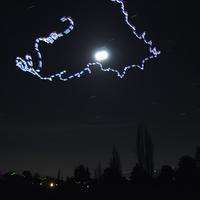 Views: 317
Views: 317
The horizontal heart definitely looked better on the Goog. This is probably showing GPS error. -
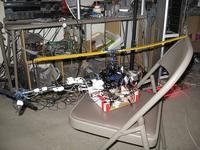 Views: 370
Views: 370
Love those plastic blades.
-
 Views: 521
Views: 521
Russian Heroine analyzes VicaCopter's ball link pliers. -
 Views: 460
Views: 460
Russian Heroine observes VicaCopter in autonomous hover. -
 Views: 321
Views: 321
-
 Views: 516
Views: 516
Russian Heroine & VicaCopter. -
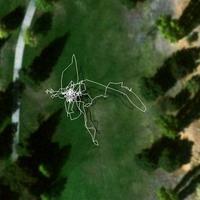 Views: 329
Views: 329
Russian Heroine commanded a yaw movement, which caused VicaCopter to fly off course in the wind. -
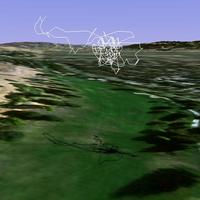 Views: 319
Views: 319
-
copter.pirouette_031908.kmz4 U Google gamers, have the Google Earth files of some missions. This was autonomous pirouetting.(5.0 KB)195 views
-
copter.pirouette_031908b.kmzThis was autonomous pirouetting followed by vortex ring state.(2.4 KB)208 views
-
copter.long_mission.kmz(4.1 KB)192 views
-
copter.hover_031908.kmz(1.5 KB)232 views
-
 Views: 352
Views: 352
-
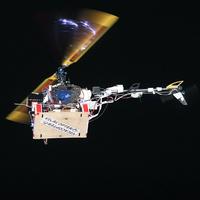 Views: 297
Views: 297
Improved altitude hold got us more closeups. -
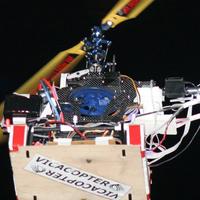 Views: 300
Views: 300
-
 Views: 314
Views: 314
-
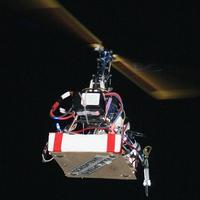 Views: 304
Views: 304
-
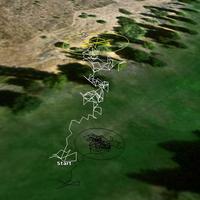 Views: 310
Views: 310
Next came an autonomous pirouette at 135m with no operator guidance. That torture test took 4 minutes, but she did it in the confined space. She definitely holds altitude doing that, but now has new cyclic oscillation. -
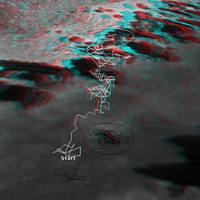 Views: 290
Views: 290
-
 Views: 290
Views: 290
New confidence in altitude hold allowed some 30sec shots.
-
 Views: 373
Views: 373
360' pirouette replayed -
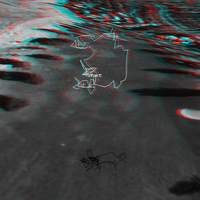 Views: 304
Views: 304
-
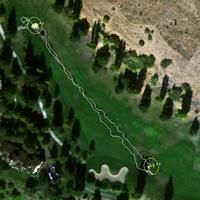 Views: 314
Views: 314
VicaCopter is now an expert in the 2 point mission. Suspect some of the vortex ring states R play between cyclic & collective. -
 Views: 295
Views: 295
-
 Views: 298
Views: 298
The campaign to restart camera operations began. The shutter button is operated on. -
 Views: 297
Views: 297
The mane board is opened up. Nothing useful here. -
 Views: 333
Views: 333
Patching shutter connections. -
 Views: 294
Views: 294
Shutter connections routed outside.
-
 Views: 339
Views: 339
Built a test stand to isolate it from rotor wash. Could not be calibrated properly like this, although we haven't seen much difference with the calibration. -
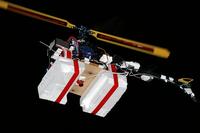 Views: 324
Views: 324
In autopilot to allow the underside photos. Sonar is not guiding altitude here. -
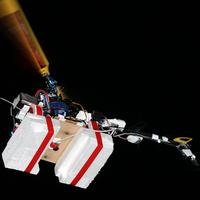 Views: 302
Views: 302
-
 Views: 301
Views: 301
Recorded sonar data vs. GPS.
-
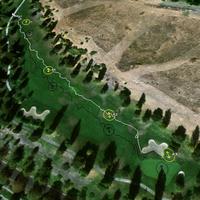 Views: 345
Views: 345
Failed mission with loss of altitude in the trouble area. -
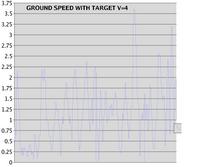 Views: 280
Views: 280
Actual speeds achieved using various target speeds. -
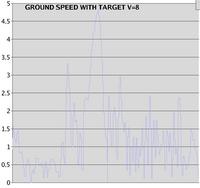 Views: 274
Views: 274
4m/s is clearly beyond the PE curriculum. -
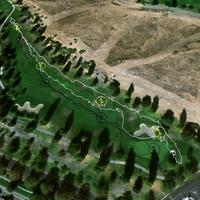 Views: 296
Views: 296
Successful mission at 4m/s. -
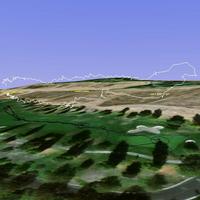 Views: 305
Views: 305
Altitude hold wasn't there. Basically had no confidence in GPS & reduced the collective feedback to 0. -
 Views: 273
Views: 273
-
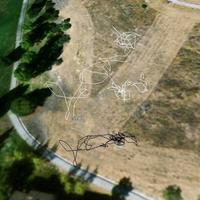 Views: 322
Views: 322
This was attempt 4 in the wind. Suspect she hit a period of calm air at the end. -
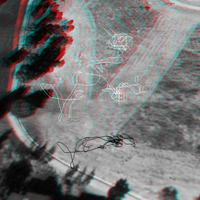 Views: 249
Views: 249
It's much easier to visualize the flight using anaglyphs. -
 Views: 279
Views: 279
Pilot view puts her much farther away than GPS indicates. -
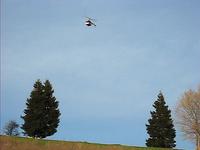 Views: 268
Views: 268
Much easier to get the ground in frame when photographing uphill. -
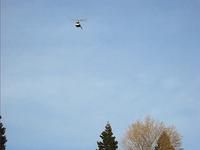 Views: 254
Views: 254
